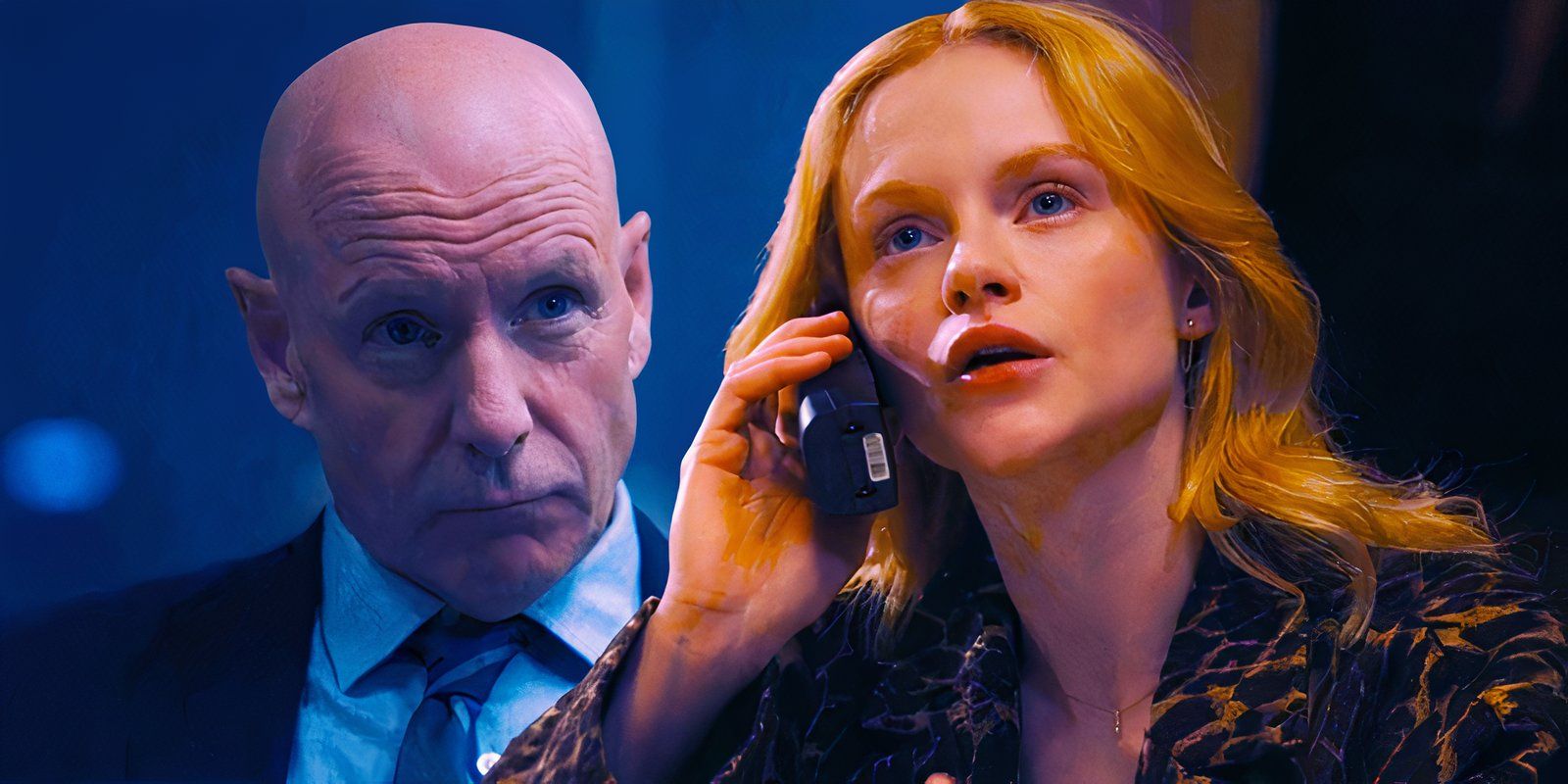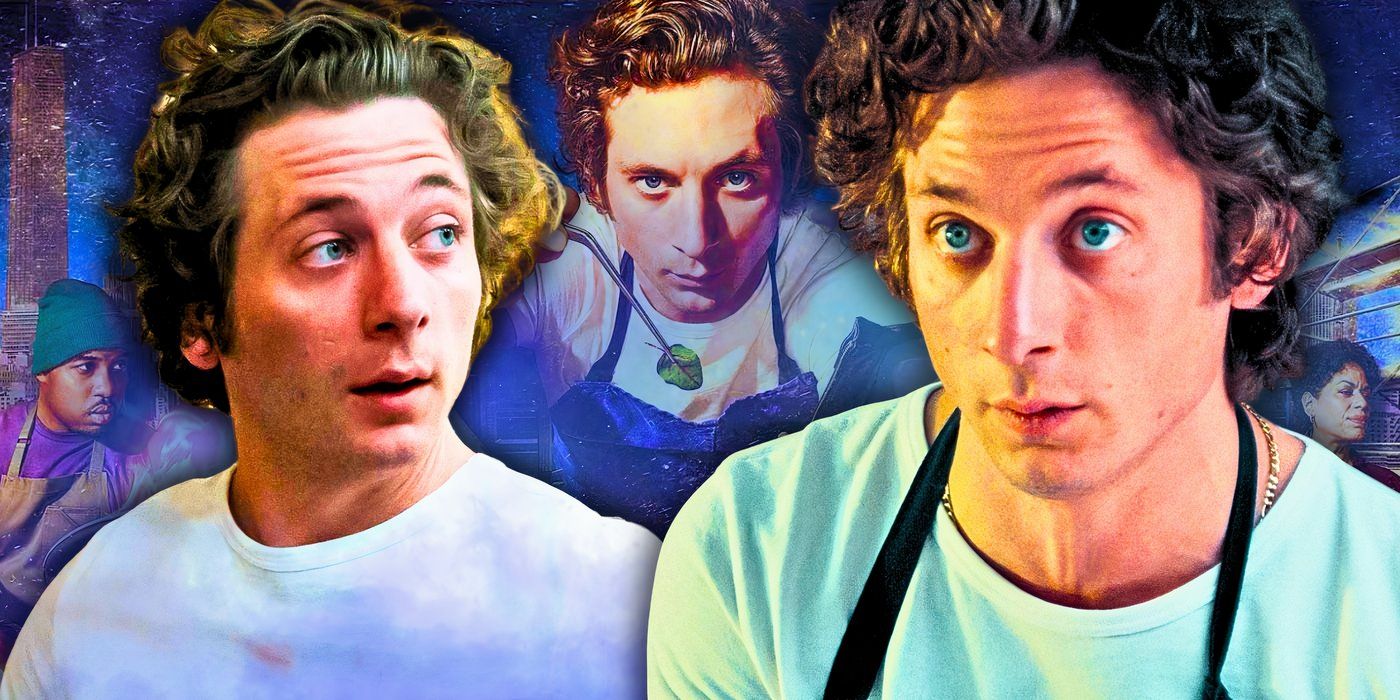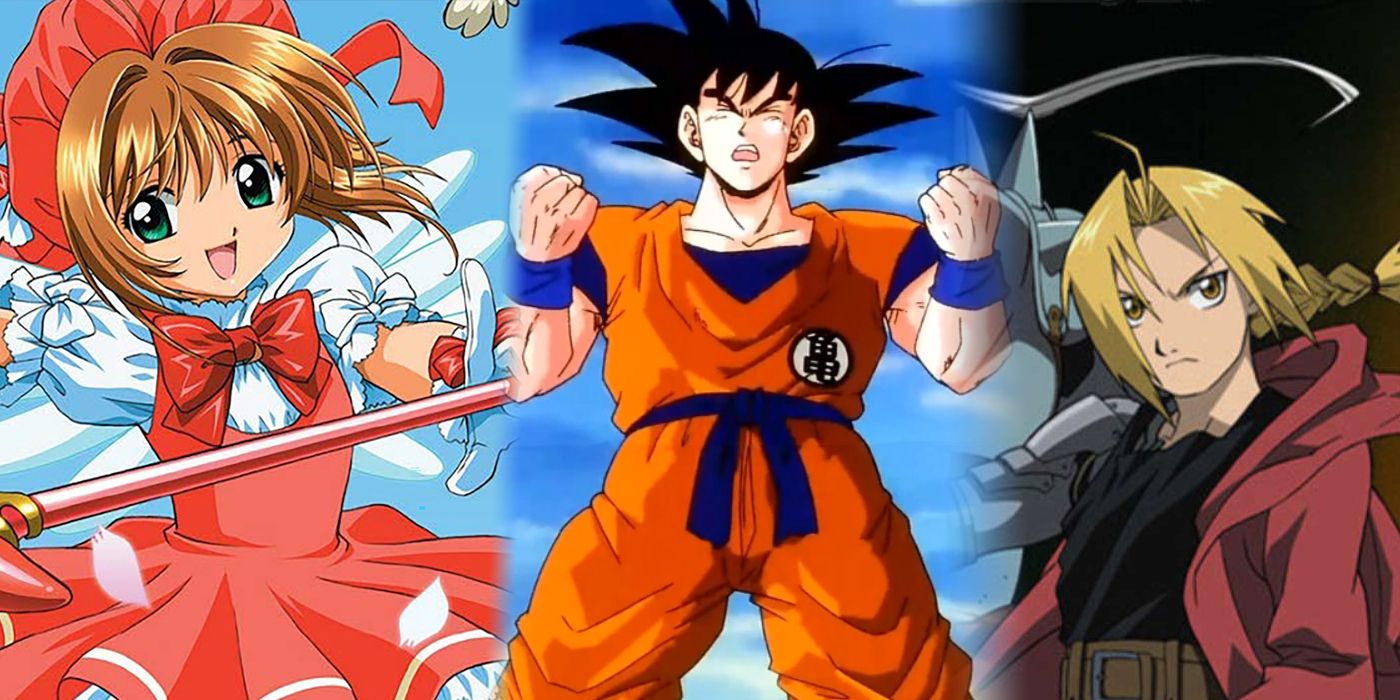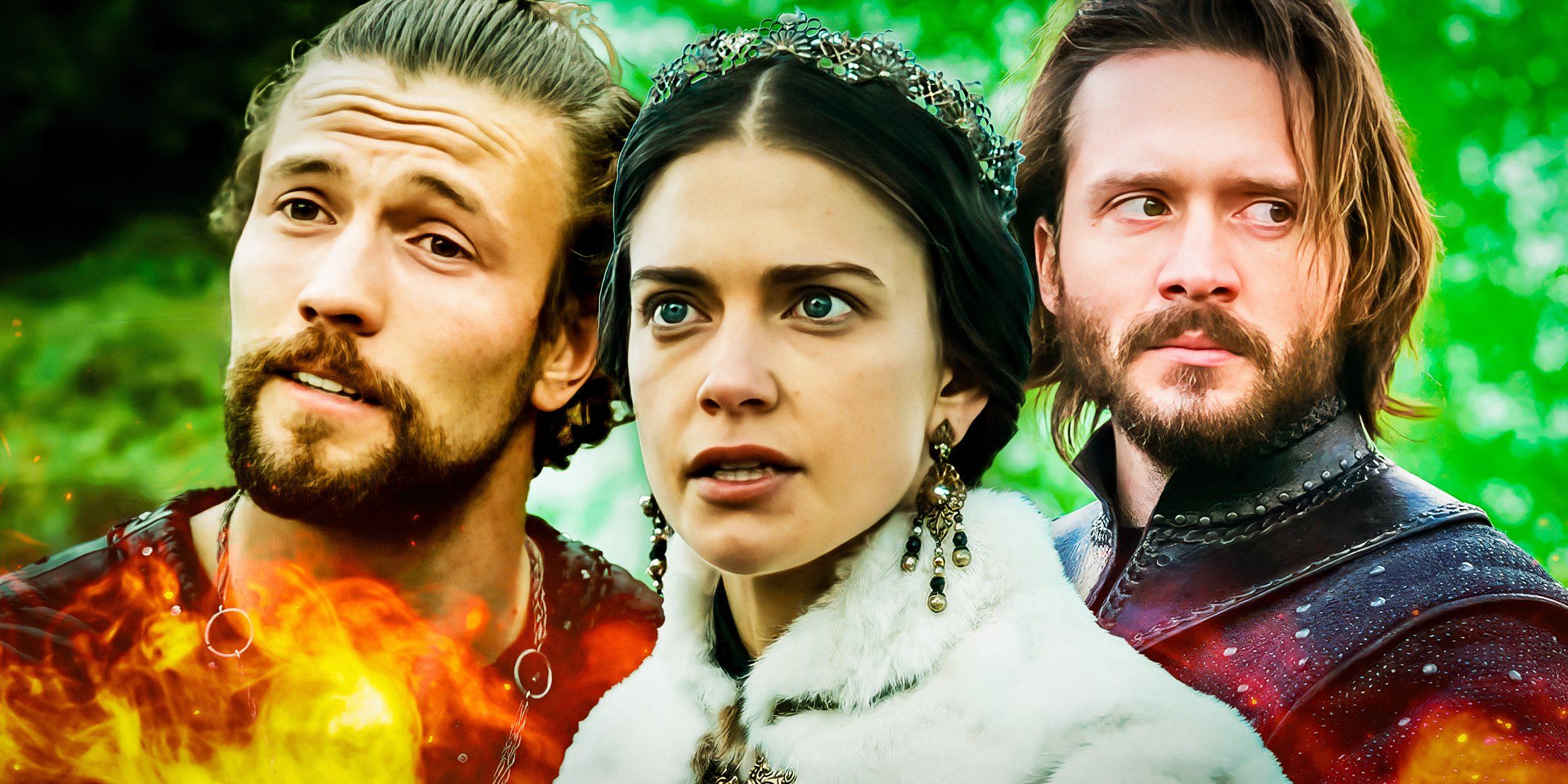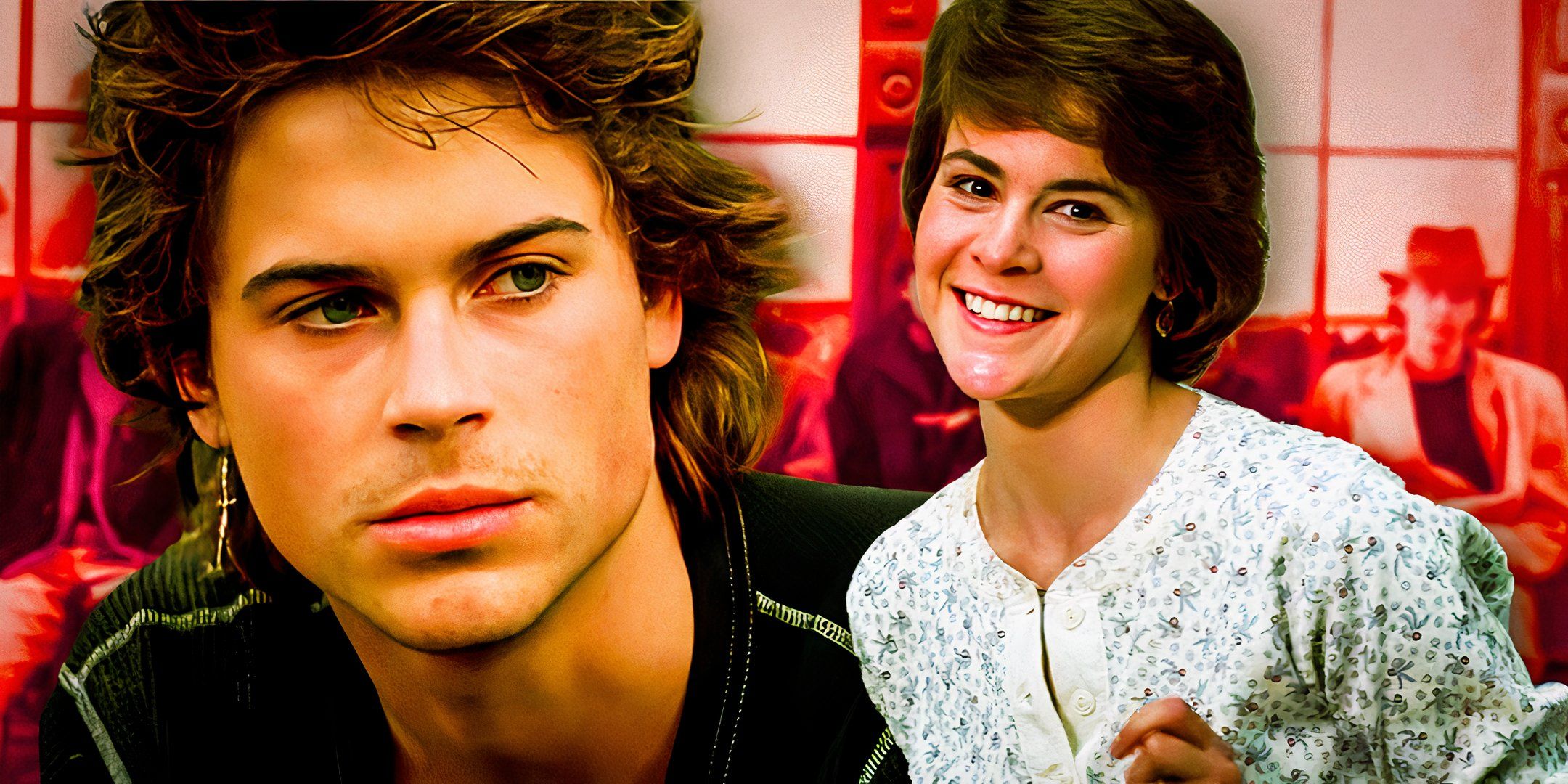Back in 1982, Steven Spielberg proved that not every movie about aliens landing on Earth needs worldwide destruction in order to be interesting. With a well-crafted story and beautifully drawn characters, you can capture audiences with a movie about an alien who eats Reese’s Pieces and makes bicycles fly. E.T. had the longest theatrical run in history — over a year! — and it became Spielberg’s second of three record breakers for the highest grossing film of all time. All these decades later, the magic of E.T. still manages to inspire audiences around the world. Here are 10 Behind-The-Scenes Facts About E.T. The Extra Terrestrial.
Steven Spielberg shot the movie from a child’s eye-level

A common theme throughout Steven Spielberg’s filmography is the innocence of childhood. In Jaws, Brody is inspired to go after the shark when a young boy is eaten. In Close Encounters of the Third Kind, while the adults cower from the flashing lights of the alien mothership, the kid walks towards it. E.T. is perhaps Spielberg’s strongest story with this theme. The director shot most of the movie’s scenes from a child’s eye-level in order for the audience to really connect with Elliott and the way that he views the world. The camera puts us in the shoes of a naive child.
Henry Thomas used the memory of his dead dog to nail the audition
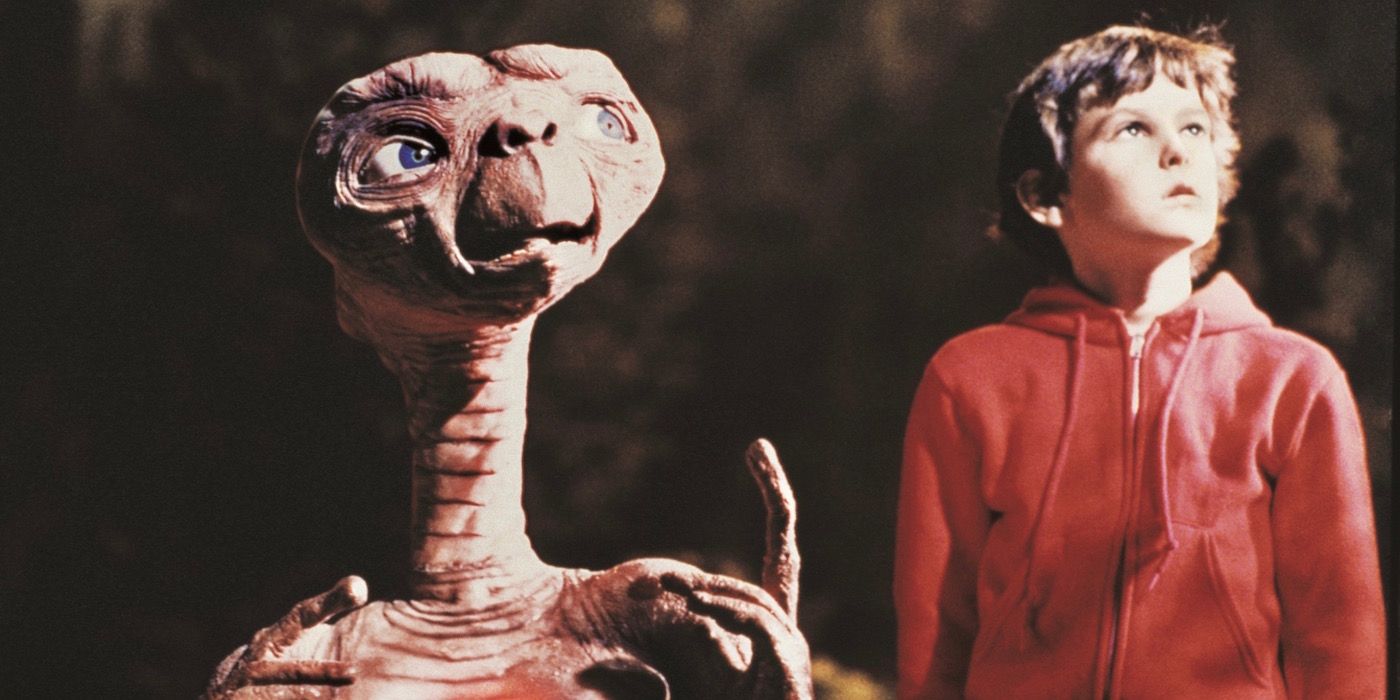
Henry Thomas is yet another example of a child actor who appeared in one of the biggest movies ever made and then seemingly dropped off the face of the earth. His lead performance in E.T. is spectacular, and he nailed the role of Elliott. Thomas accessed real emotions in order to ace the audition. When he was brought in front of Steven Spielberg to try out for the part, Thomas thought about the day that his pet dog died to bring out a real sadness. His performance brought Spielberg to tears, and the director cast him as Elliott right then and there.
E.T.’s voice was provided by an elderly smoker from Marin County
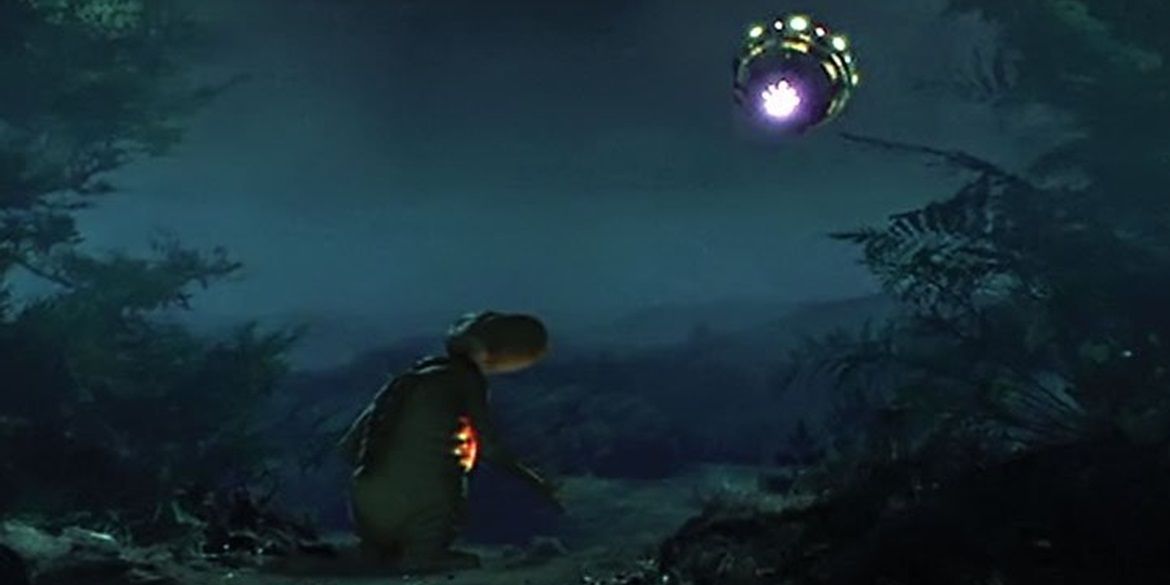
E.T. has a very distinctive voice in the movie. It was provided by Pat Welsh, an older lady who lived out in Marin County, California. She smoked two packs of cigarettes a day, so her voice had a rough, hoarse quality that E.T.’s sound designer Ben Burtt liked. 16 other people’s voices (including Steven Spielberg, Burtt’s wife, and Debra Winger) and even some animal noises would be added in post-production to create E.T.’s voice, but it was mostly Welsh’s vocal performance. She spent nine and a half hours in the recording studio and got paid $380 for her day’s work.
The script was written on the set of Raiders of the Lost Ark
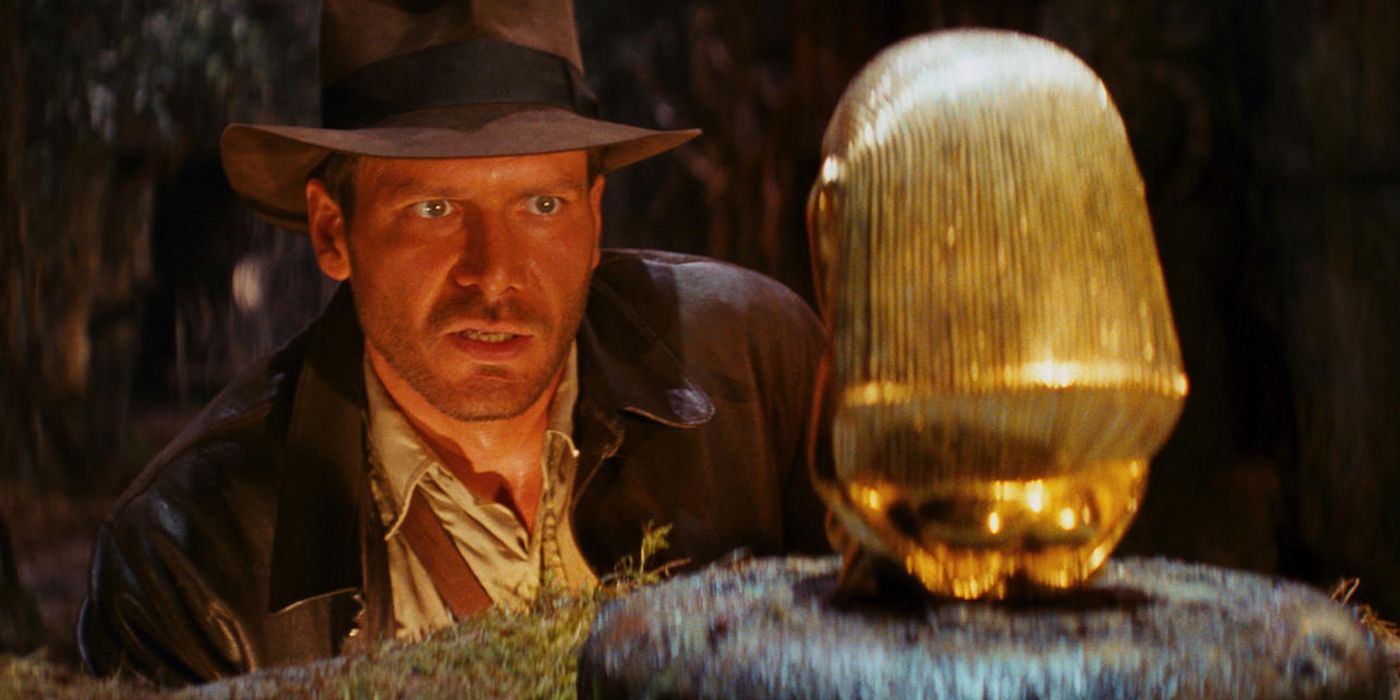
Steven Spielberg is one of the hardest-working directors in Hollywood. He doesn’t allow himself a second of downtime. He shot The Post while he did post-production on Ready Player One. He shot Schindler’s List while he did post-production on Jurassic Park. And he wrote E.T. with screenwriter Melissa Mathison while he was shooting Raiders of the Lost Ark.
Mathison had traveled to the location to be with her then-boyfriend — and later husband — Harrison Ford. When the filming of Raiders would take a break, Spielberg would dictate the story of E.T. to Mathison, who then fleshed it out into a cohesive screenplay.
E.T. hiding in Elliott’s toy collection was Robert Zemeckis’ idea
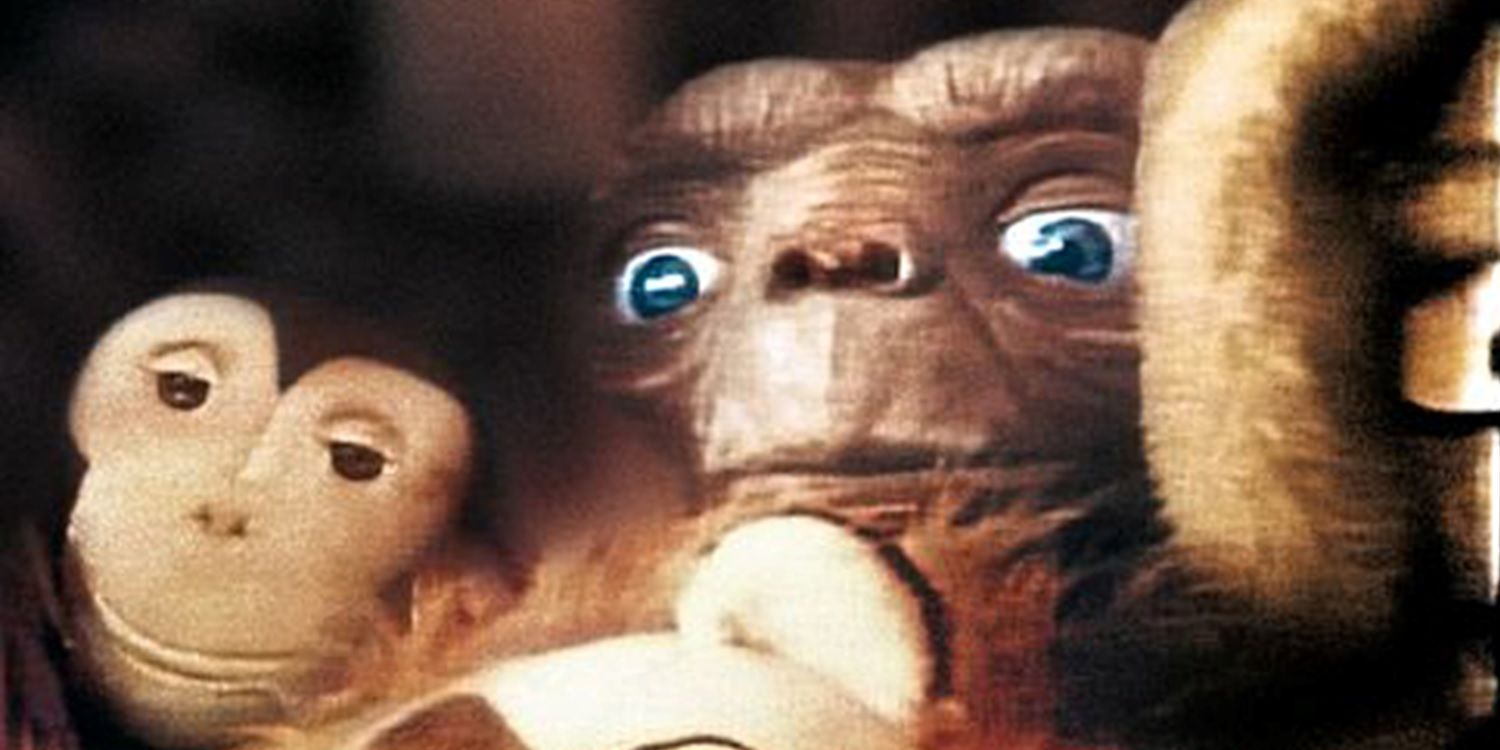
One of the most iconic — and most relentlessly parodied — moments in E.T. is when the titular alien hides from Elliott’s mom among his toy collection. He stays perfectly still and blends seamlessly into a mountain of teddy bears and action figures, so Elliott’s mom doesn’t spot him. This gag was suggested by Who Framed Roger Rabbit director Robert Zemeckis while Steven Spielberg was ironing out all the details of the movie. Zemeckis has worked with Spielberg on a number of projects. Spielberg would go on to executive-produce the Back to the Future trilogy, which was directed and co-written by Zemeckis.
Steven Spielberg edited the final scene to John Williams’ score, not the other way around
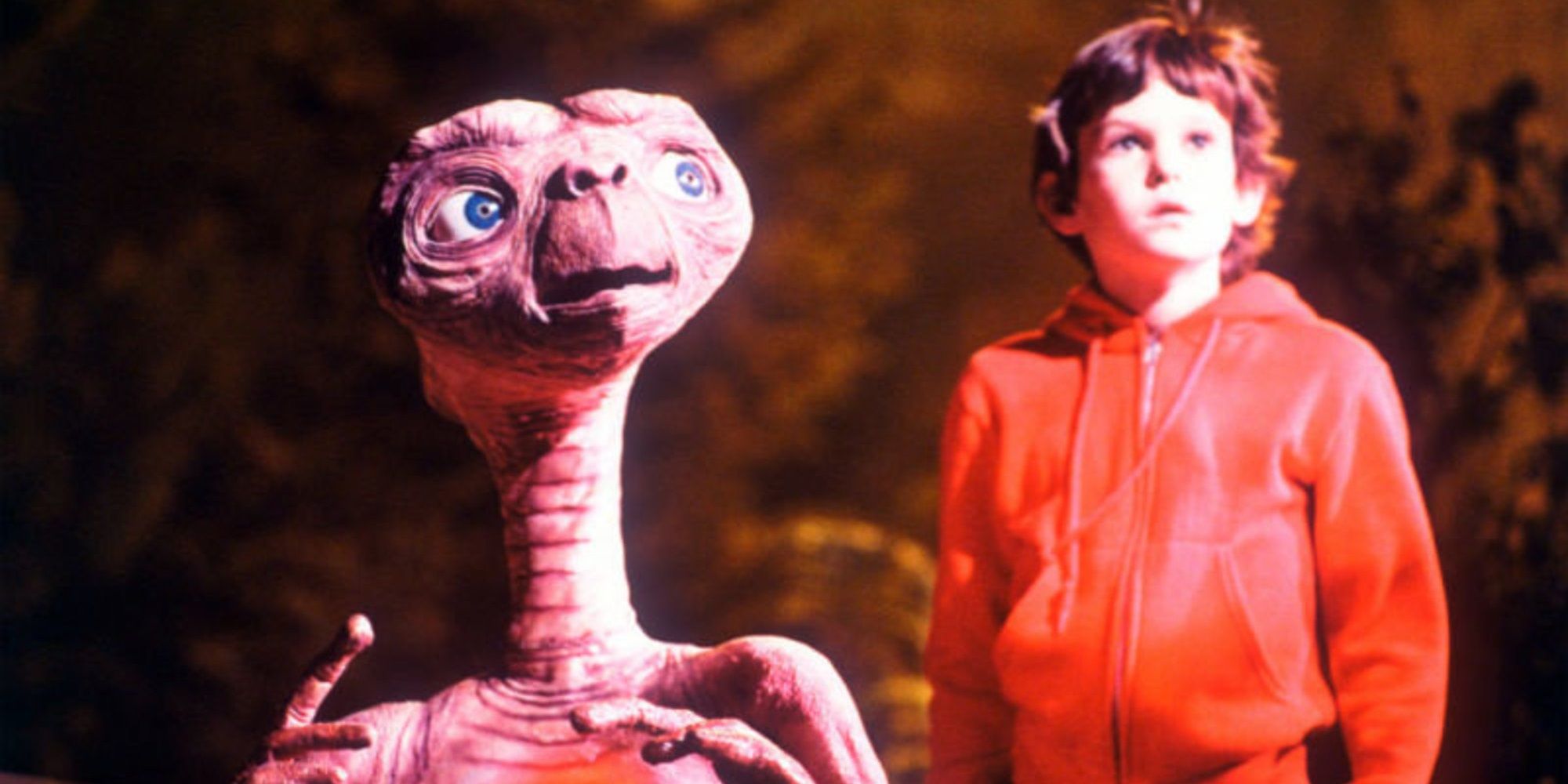
Usually, the scenes from a movie will be shot and edited without music, and then the composer will sculpt their score around the visual beats. But for the final scene of E.T., Steven Spielberg and John Williams did the opposite. Williams had nailed the composition, but he struggled to fit it around the way the scene was edited. Spielberg switched off the movie and told Williams to conduct the orchestra like they were in concert. The resultant track had a lot more heart and soul, so Spielberg recut the scene to conform with it. Williams deservingly won an Academy Award for Best Original Score for his work on this film.
The producers wanted M&M’s to be E.T.’s favorite candy
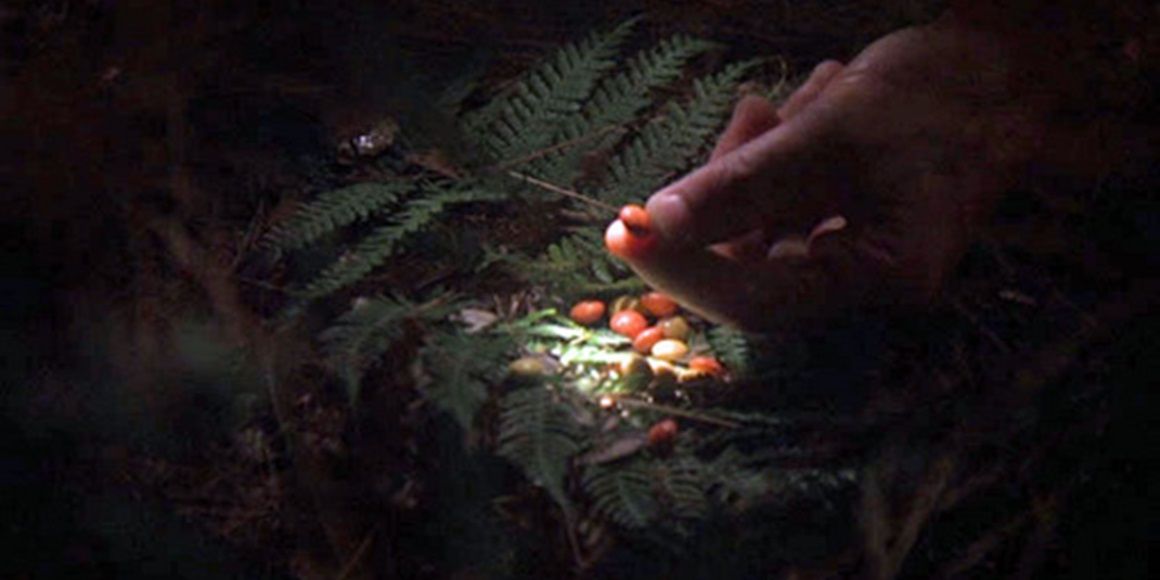
E.T. is often mistakenly called the first movie to use product placement — there had already been a ton of product placement in the Bond movies, and Clark Kent woke up next to a box of Cheerios in Superman: The Movie — because it promoted Reese’s Pieces by making them the titular alien’s favorite candy. Initially, the producers wanted E.T.’s favorite candy to be M&M’s, but the Mars company turned them down, worrying that the E.T. character was so physically unappealing that he would put off potential customers. This would, of course, turn out to be a mistake, as the producers used Reese’s Pieces instead and E.T. put Reese’s on the map.
Drew Barrymore ad-libbed some of Gertie’s most memorable lines
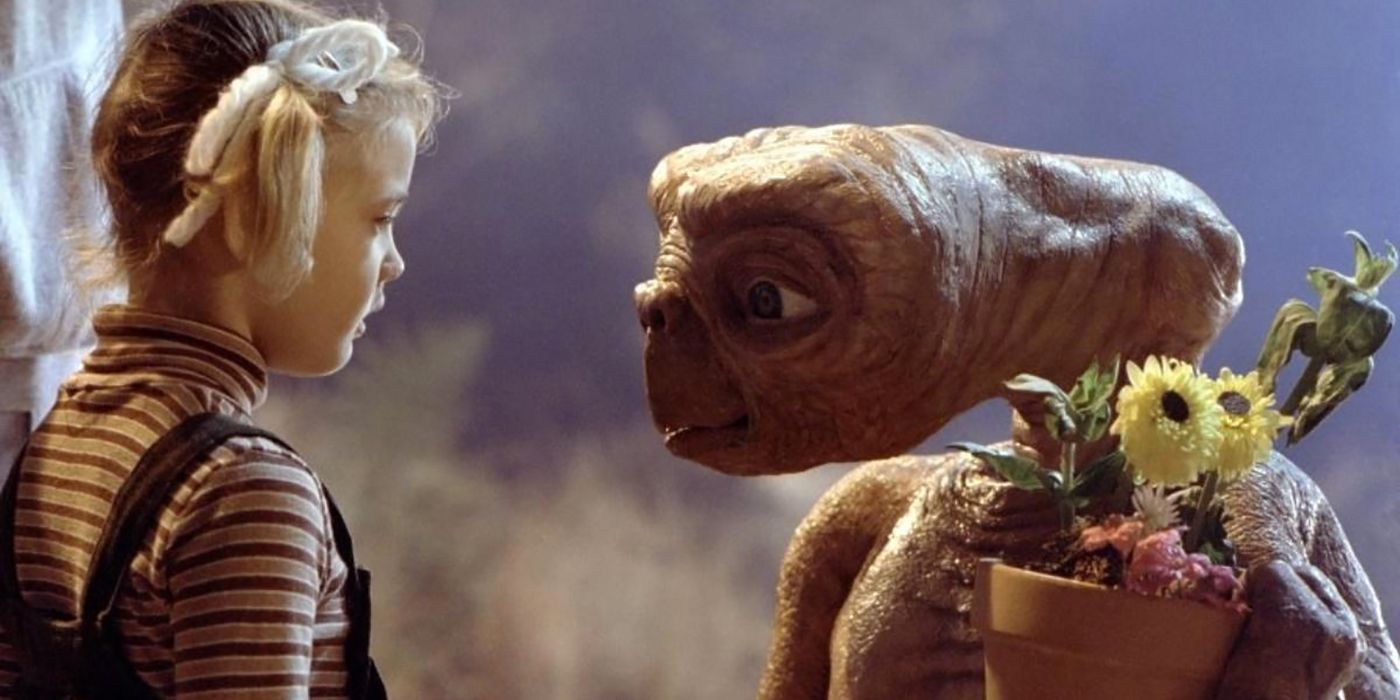
A young Drew Barrymore appears in E.T. as Gertie. Steven Spielberg is the actress’ godfather, so it was easier for him to direct her than some kid he’d never met. When Elliott tells Gertie that only little kids can see E.T., she says, “Give me a break!” This line was ad-libbed by Barrymore, along with many of the character’s most famous lines. She also improvised looking down at E.T.’s feet and saying, “I don’t like his feet.” She wasn’t referencing the E.T. puppet’s feet; she was actually talking about a bunch of exposed wires gathered around the bottom of the puppet.
A few stand-ins were used to play E.T.
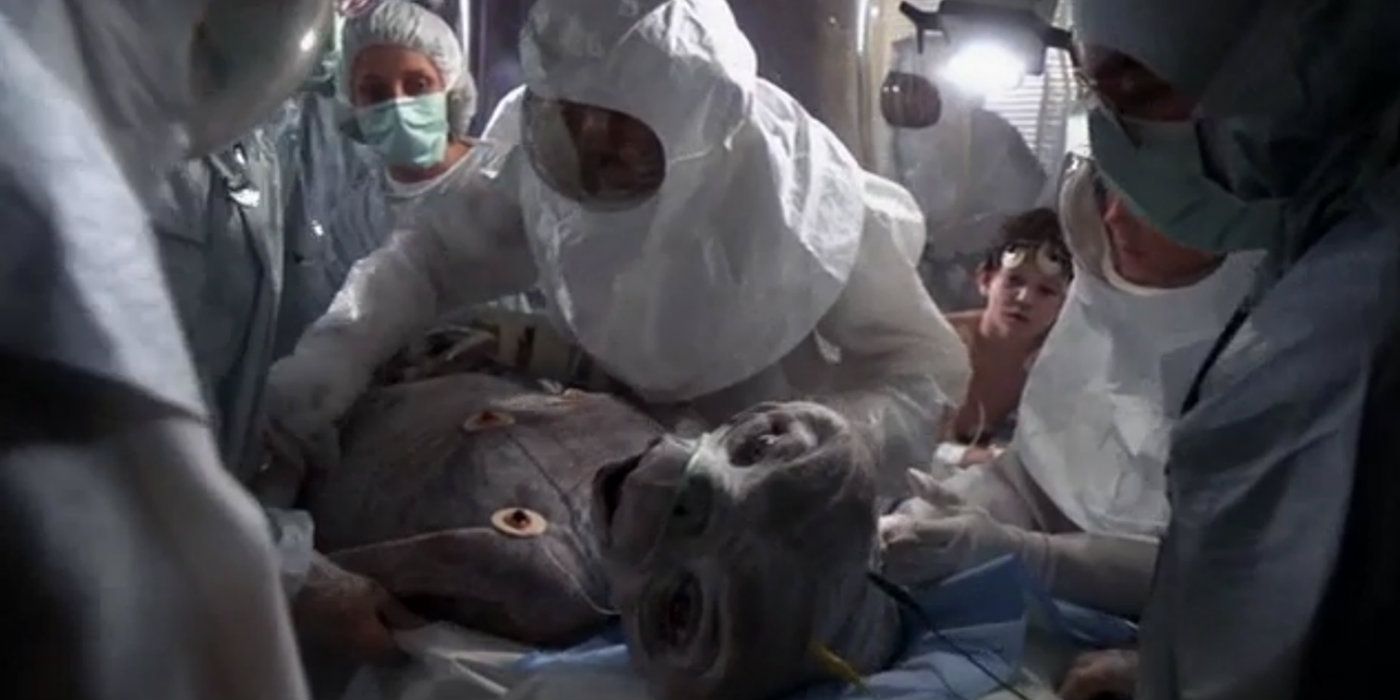
Steven Spielberg is great at creating characters who are so richly designed down to the last detail that they’re recognizable by their silhouette, such as Indiana Jones, the shark in Jaws, and indeed, the titular alien in E.T. It took a few different stunt performers and puppeteers to bring E.T. to life.
A lot of the scenes that required full-body puppetry were performed by a stuntman who was 2’10” tall. The scenes in the kitchen, which required the alien to walk around, were performed by a 12-year-old boy who was born without legs and had grown up walking on his hands.
Steven Spielberg shot the ending last to get authentic reactions from the child actors
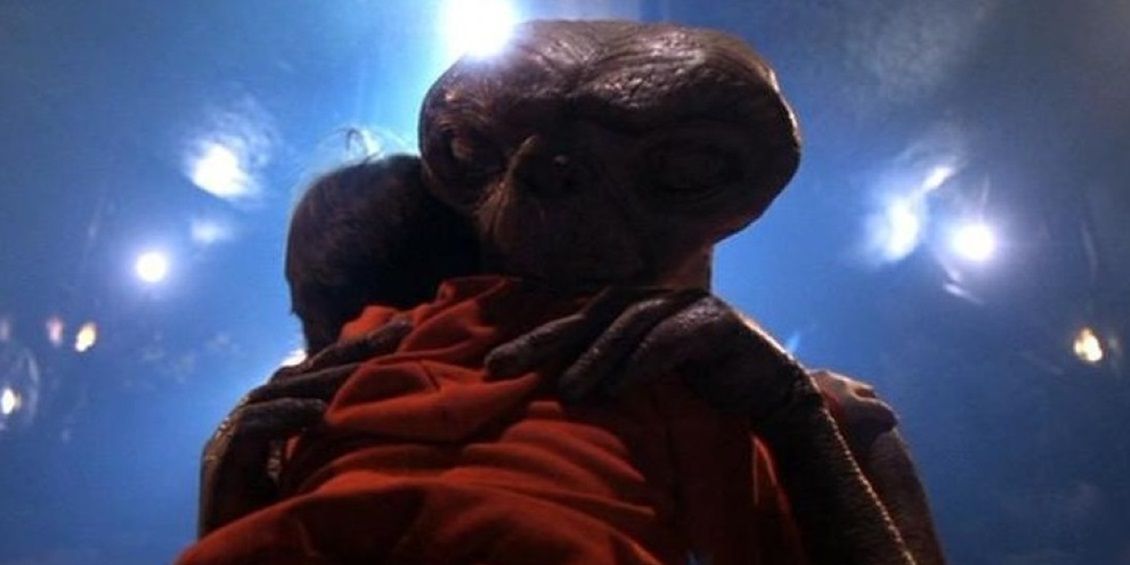
Steven Spielberg decided to shoot a lot of E.T. in chronological order, as opposed to the order that would be most convenient for the actors’ schedules and the availability of shooting locations. He did this to allow the actors to get to know each other throughout the shoot, so that they would have authentic emotions for the farewell scene at the end of the movie. The final scene was deliberately shot last. That way, it was actually the last time that the cast would all be together, so they were actually sad. It was actually quite a sadistic move by Spielberg, but at least it worked.
